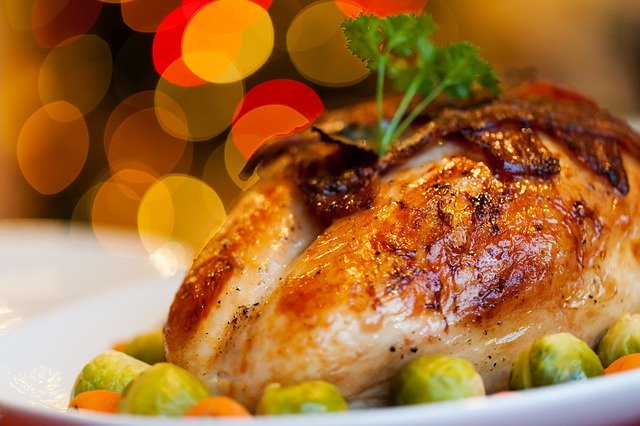 Here are some tips for getting the most from your rotisserie:
Here are some tips for getting the most from your rotisserie:
Use a drip pan for more than just drips
Yes, you can fill an aluminum pan with water and use it to catch drips and reduce flare-ups. You can also make that drip pan do a delicious double-duty by filling it with vegetables, allowing the drippings to collect, then making gravy out of what’s left when the cooking’s done. Don’t feel like gravy? Fill the drip pan with wine, beer or fruit juice to impart a little extra flavour to your roast.
Don’t put the food too close to the burners or coals
Indirect heat is the watchword with rotisseries. Turn down the burners directly under your meat, or pile up the coals to one side. If you’re roasting something that might flop around—like a whole chicken—make sure any loose bits are trussed securely so they don’t get too close to the flame.
Let your meat rest
This is true of virtually any method of cooking: letting your meat rest for 10-20 minutes after cooking is done will allow the juices to redistribute throughout and make the inside of your cut tender and moist. Skipping this step is a recipe for dry, tough meat.
Make sure your food is secure and the spit is balanced
If the skewer is unbalanced, it won’t turn smoothly and your food won’t cook evenly. Take the time to properly position food on the rotisserie, and roll the skewer around in your hands before putting it on the flame to check the balance.
Keep the lid shut
Don’t let all that lovely heat out—when the lid is open, your stuff is only cooking on the bottom. Keeping the lid shut allows the convection currents to cook your food all over. If you’re cooking over a fire pit, you don’t have a lid—but if you position your food in the middle of the pit with embers around it, you’ll still get the same convection action.